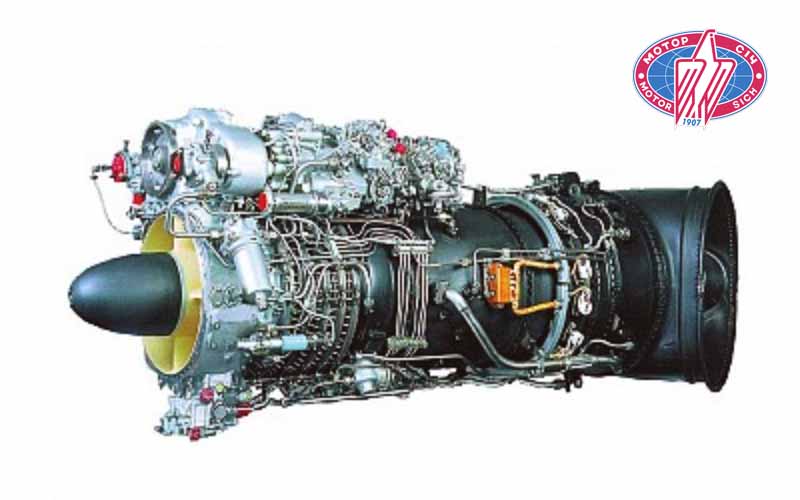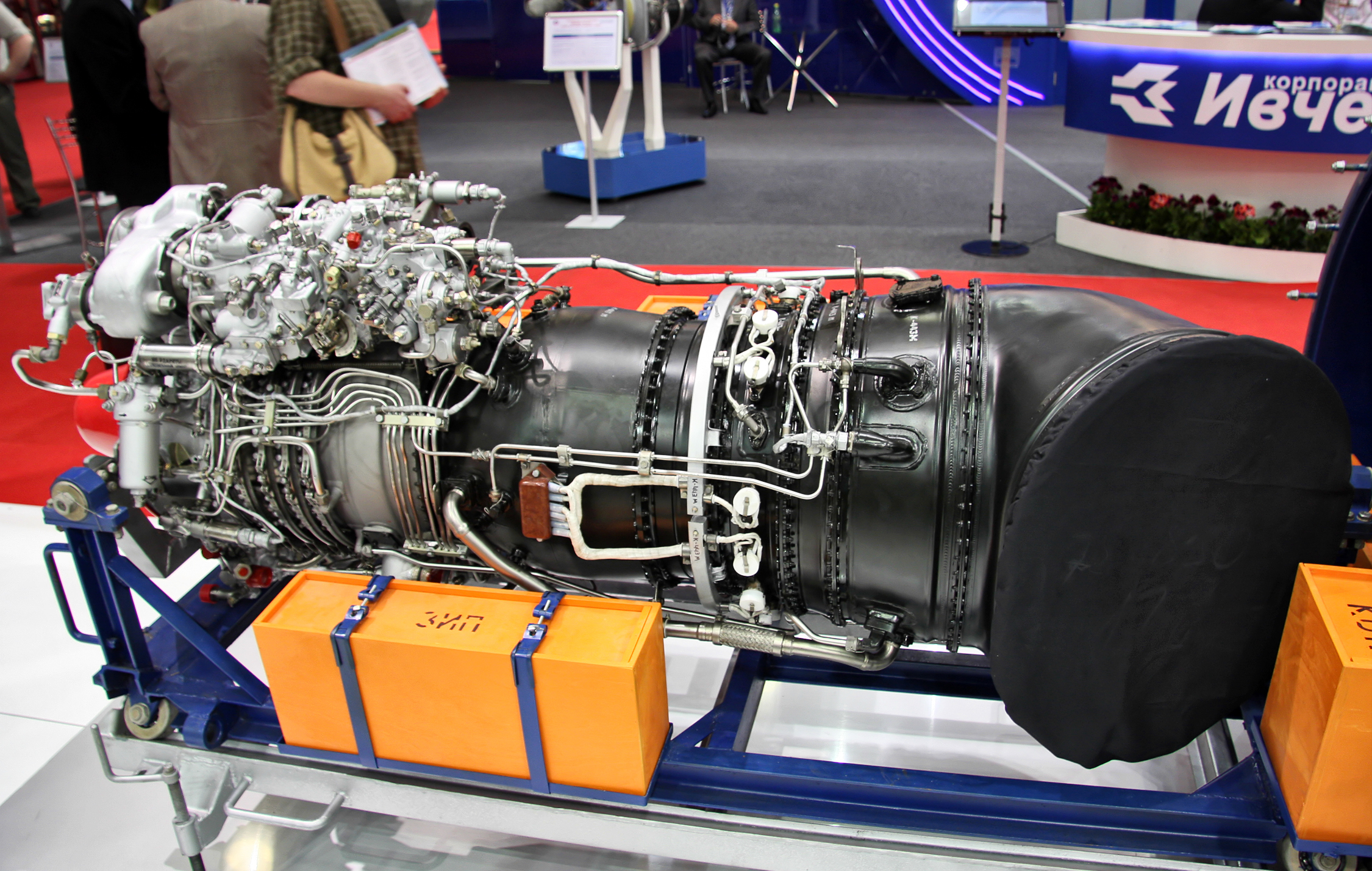Latest Thread
You are using an out of date browser. It may not display this or other websites correctly.
You should upgrade or use an alternative browser.
You should upgrade or use an alternative browser.
First two engines will ve delivered in September 2022
Last edited:
T929 catalogue. İt seems 30mm gun is standart with 20mm option. I dont get freefall munitions? I hope we dont use free fall bombs like russians.
P
Philips
Guest
I wonder when the T629 will make its first flight? Before the T929 or after?
Turkey might end up with 200 modern attack helicopters by 2030.
Before most likely, it will share many elements with T625 Gökbey.
2023 will be a crazy year. We will be bombarded with the defense industry achievments.
Selecting the motor sich engine(VK-2500) is the right call. IMHO the selected engine is hands down the best engine based on soviet tech and one of the best available engines in its class in the world. It is nothing like soviet Turbofans.
A contract is signed for 14 engines for the prototype production and the first delivery will happen in September 2022. The VK-2500 engine that will be produced for the T-929 will have slight modifications for Turkish needs.
I say this again Gokbey has perfect stability. Both rotor, main shaft, and gearbox came out super stable when measured in tests. Mr. Temel Kotil briefly said that in one of his interviews and I'm hearing nothing but praise about the Gökbey helicopter.
Selecting the motor sich engine(VK-2500) is the right call. IMHO the selected engine is hands down the best engine based on soviet tech and one of the best available engines in its class in the world. It is nothing like soviet Turbofans.
A contract is signed for 14 engines for the prototype production and the first delivery will happen in September 2022. The VK-2500 engine that will be produced for the T-929 will have slight modifications for Turkish needs.
I say this again Gokbey has perfect stability. Both rotor, main shaft, and gearbox came out super stable when measured in tests. Mr. Temel Kotil briefly said that in one of his interviews and I'm hearing nothing but praise about the Gökbey helicopter.
P
Philips
Guest
So absolutely no engine from the TV3-117 series?VK-2500
VK-2500 is developed from TV3-117. It is the next generation TV3-117.
Initial T929 engines are going to be Ukrainian MotorSich made. 14 engines have been ordered. Which means at least 6 prototypes. But as the number is limited to 14 engines, we must be quite confident about the emergence of TS3000 turbo shafts in time for serial production.

 www.savunmasanayist.com
www.savunmasanayist.com


Ağır Sınıf Taarruz Helikopteri motoru için Ukrayna seçildi
Ağır Sınıf Taarruz Helikopteri'nin motoru için Ukrayna seçildi. Ukraynalı MotorSich şirketi, TUSAŞ'ın Ağır Sınıf Taarruz Helikopteri için motor geliştirecek.
 www.savunmasanayist.com
www.savunmasanayist.com
Last edited:
Combat-Master
Baklava Consumer
Initial T929 engines are going to be Ukrainian MotorSich made. 14 engines have been ordered. Which means at least 6 prototypes. But as the number is limited to 14 engines, we must be quite confident about the emergence TS3000 turbo shafts in time for serial production.
View attachment 24586
Ağır Sınıf Taarruz Helikopteri motoru için Ukrayna seçildi
Ağır Sınıf Taarruz Helikopteri'nin motoru için Ukrayna seçildi. Ukraynalı MotorSich şirketi, TUSAŞ'ın Ağır Sınıf Taarruz Helikopteri için motor geliştirecek.www.savunmasanayist.com
Take into consideration that 10-ton utility helicopter which will be based on the powertrain of T929 may also emerge soon aswell.
Better to develop local TS meanwhile, I can't really expect to rely on Ukraine which anytime may turn towards the west and join the herd of embargoers.Take into consideration that 10-ton utility helicopter which will be based on the powertrain of T929 may also emerge soon aswell.
P
Philips
Guest
Thanks for detail @Spook Sharp eyes you have
@Cabatli_53 @Combat-Master
All Motor sich engines look very similar to each other. Any guesses as to which one this is?
I have a problem with the tail rotor,it looks weak and fragile.
Why dont they use a Fenestron(fantail)?
@Cabatli_53 @Test7 @Spook @TheInsider @Yasar @Anmdt and others.
I have a problem with the tail rotor,it looks weak and fragile.
Why dont they use a Fenestron(fantail)?
@Cabatli_53 @Test7 @Spook @TheInsider @Yasar @Anmdt and others.
It has a French patent and is heavier.
| The only significant drawback to ducted fans like the Fenestron is that the shroud adds weight that offsets at least some of the improvements in performance. Regardless of the weight penalty, noise reduction was one of the primary reasons a ducted fan system was adopted for the now-cancelled RAH-66 Comanche stealth helicopter pictured above. Since the majority of the noise generated by a helicopter tends to come from the tail rotor, designers adopted a ducted fan to reduce noise levels and make the helicopter more difficult to detect. This rotor system was essentially a copy of the French Fenestron yet was referred to by the name Fantail in the US. |
Im sure they can design something similar with lesser weight.It has a French patent and is heavier.
The only significant drawback to ducted fans like the Fenestron is that the shroud adds weight that offsets at least some of the improvements in performance. Regardless of the weight penalty, noise reduction was one of the primary reasons a ducted fan system was adopted for the now-cancelled RAH-66 Comanche stealth helicopter pictured above. Since the majority of the noise generated by a helicopter tends to come from the tail rotor, designers adopted a ducted fan to reduce noise levels and make the helicopter more difficult to detect. This rotor system was essentially a copy of the French Fenestron yet was referred to by the name Fantail in the US.
Shouldnt be that hard.







